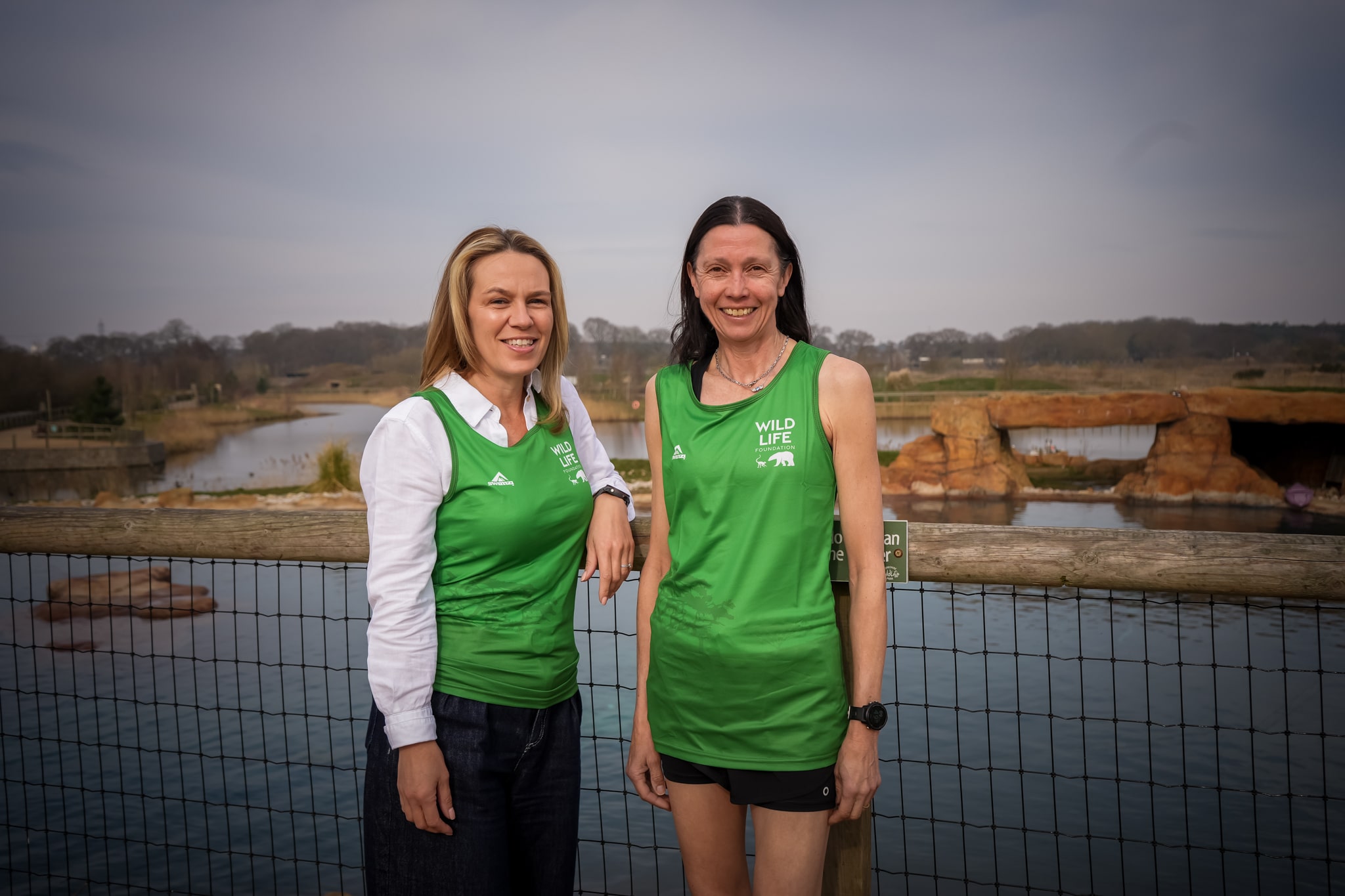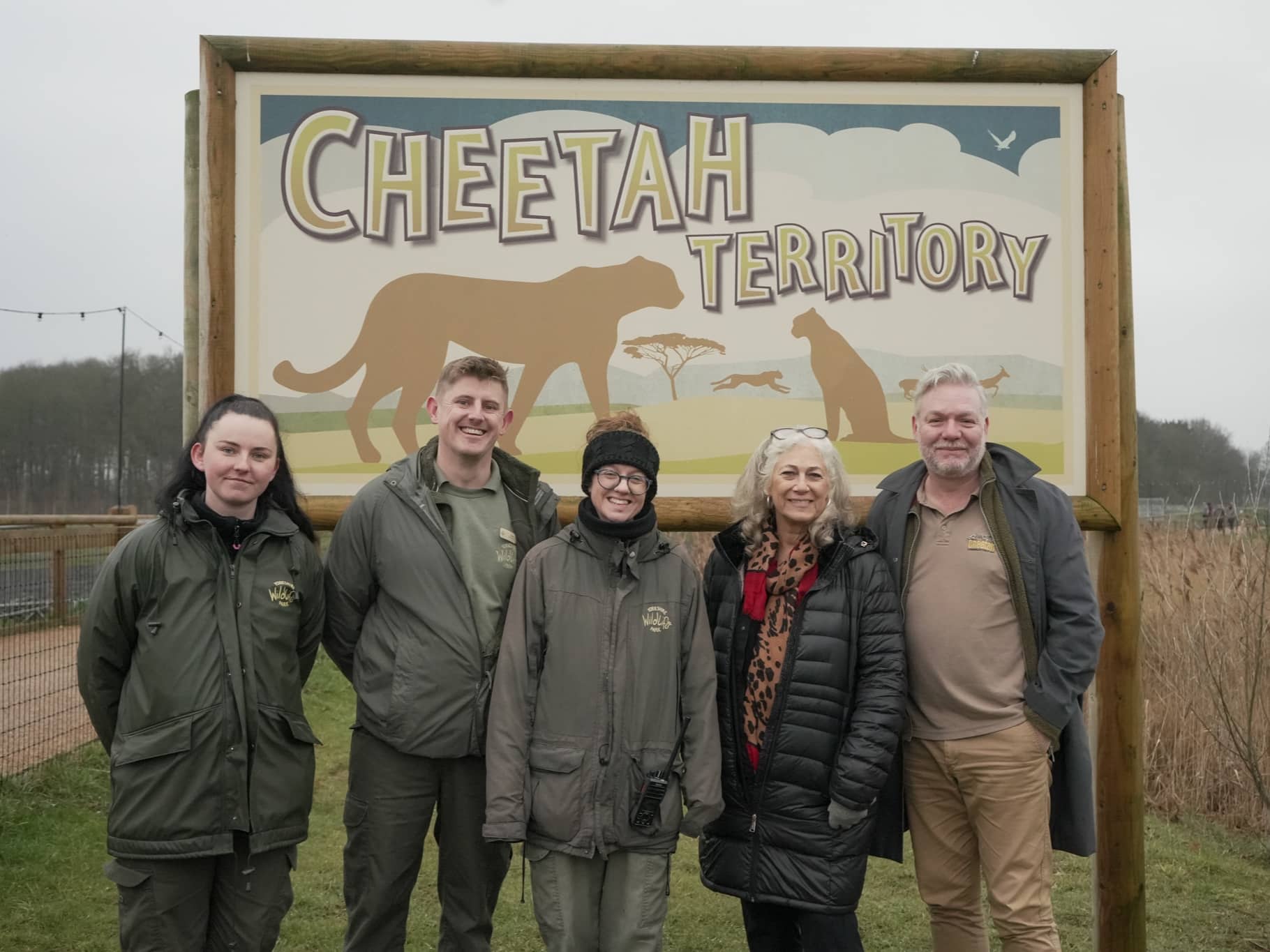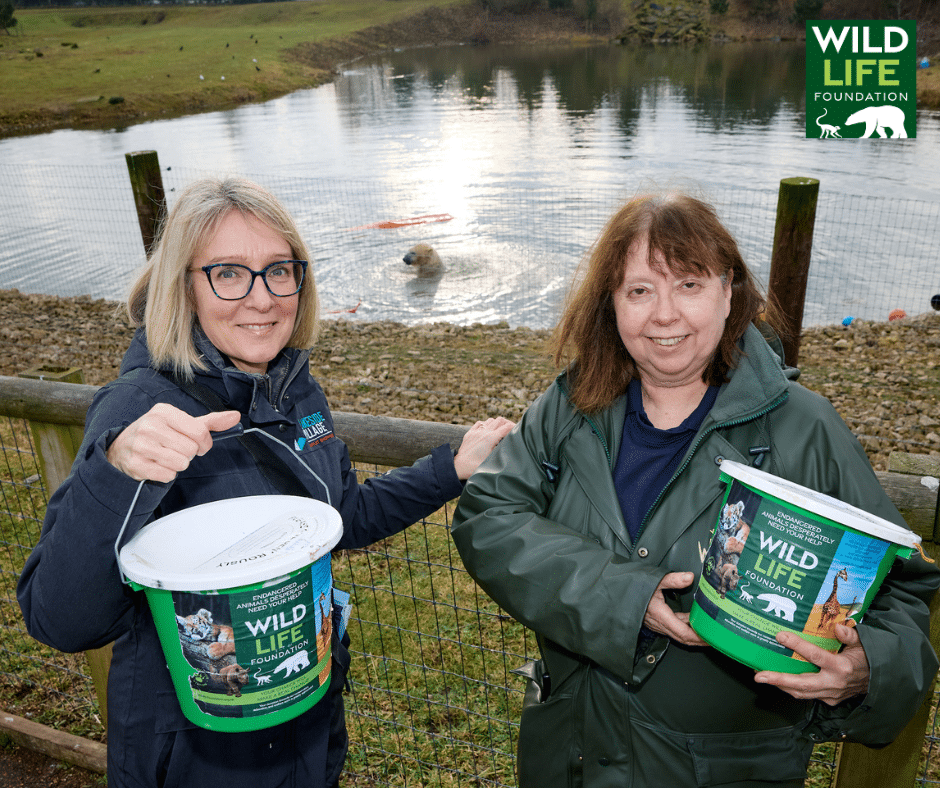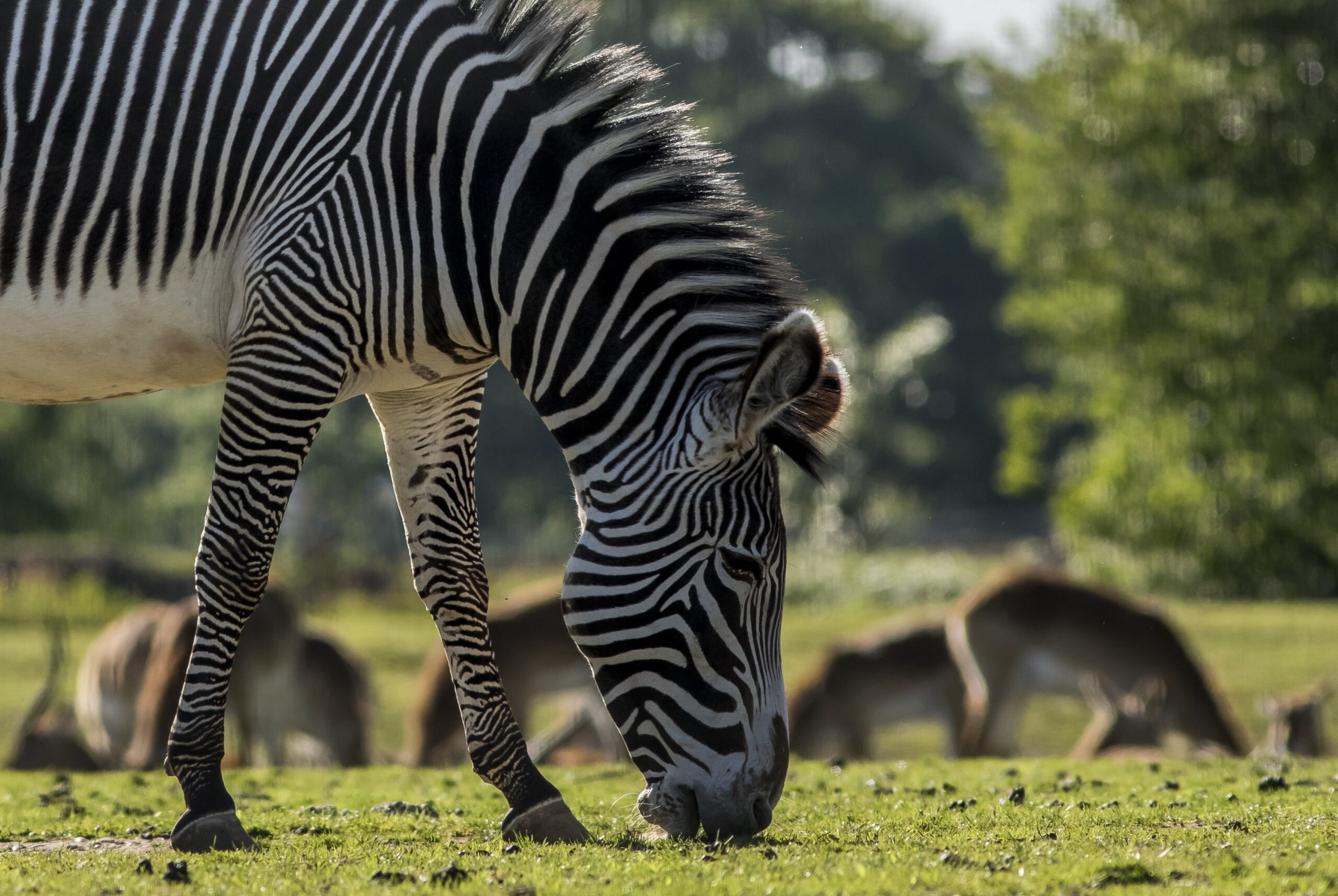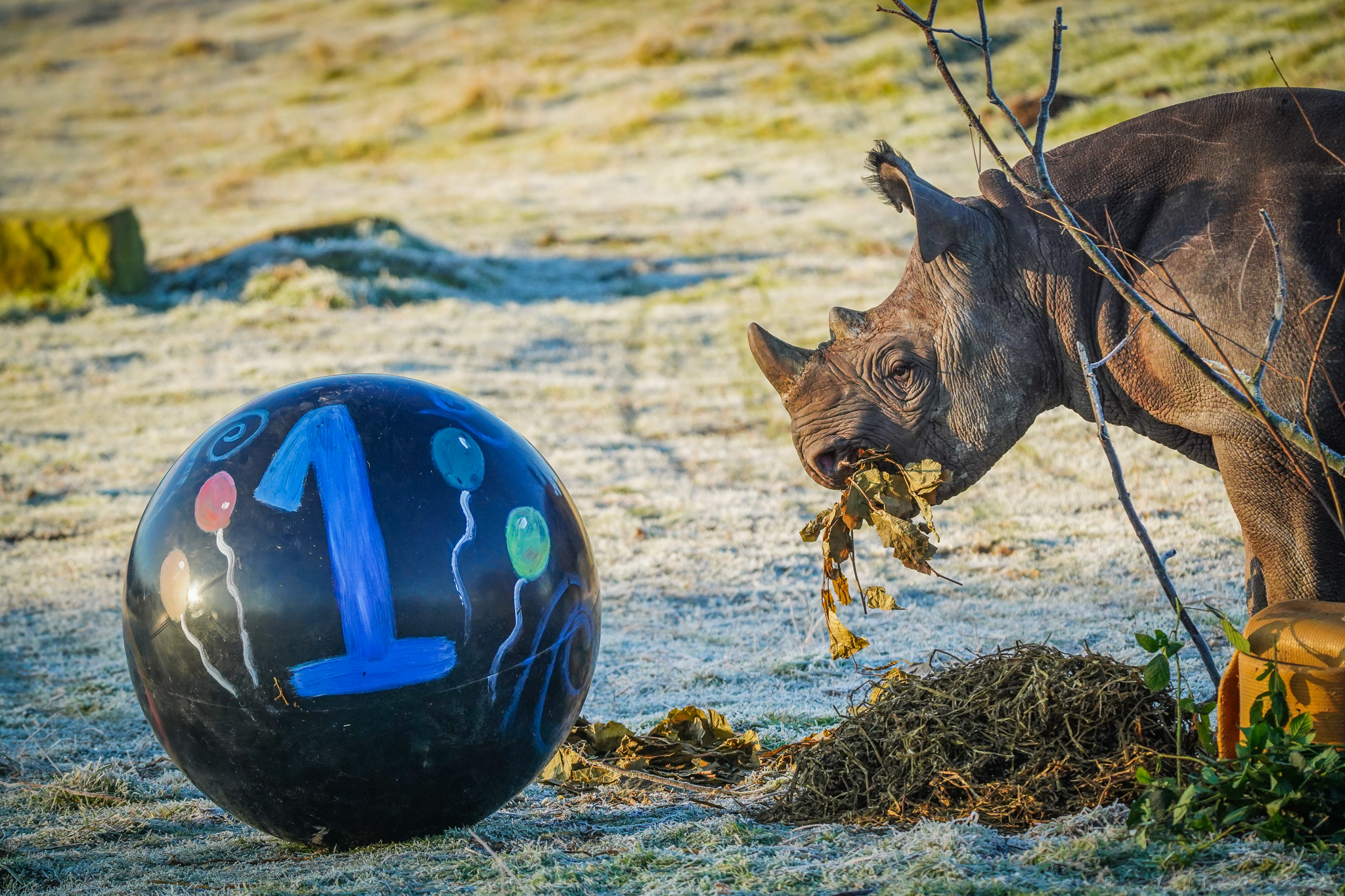The fight to save endangered polar bears has been given a huge boost by the WildLife Foundation (WildLife Foundation) backing a major conservation programme.
It is the second year that the Foundation has supported the Polar Bear International campaign to protect the majestic animals’ dwindling numbers as global warming causes the Arctic sea ice to shrink. The grant was announced to coincide with the global Polar Bear Week, which runs from October 30, to highlight their plight.
The summer sea ice where they hunt and live has receded by 13 per cent each decade since 1979, losing an area almost twice the size of Alaska. Climate models predict that the Arctic could be ice free in summer by the end of this century. WildLife Foundation is extending its sponsorship of a polar bear monitoring and research programme in Svalbard for a second year as it continues to work at the cutting edge of conservation.
Award winning Yorkshire Wildlife Park, at Branton, near Doncaster, is home to the country’s only polar bears Victor, Pixel, Nissan and Nobby and an integral part of the global programme to protect the species.
“We are proud to be supporting the scheme for a second year because the work is vital to ensure polar bears survive on this planet,” said Cheryl Williams, Trustee of the WildLife Foundation. The harsh truth is that polar bears and other Arctic species will not survive if their habitat continues to disappear.”
“We cannot afford to stand by which is why we are so committed to the research efforts.”
Teams of experts are charting polar bear movements through the cycle of seasons to get a clearer picture of how the live and how best to support them. They have been using special remote cameras and motion sensors to record how pregnant females tunnel into banks of snow or peat to create dens to give birth to cubs.
The information will advance understanding of what polar bears need to survive, and how declines in the Arctic sea ice ecosystem may be impacting them.
“The support of Yorkshire Wildlife Park’s Foundation has given us an amazing opportunity to answer some of those questions,” said BJ Kirschhoffer, director of field operations for Polar Bears International.”
“We are looking at family behaviour at the den site, the size of the litters and can see if they are digging, moving or sleeping. We are also able to track those cubs over two years.”
“Our first year was a great success and we want to deploy more cameras and gather more data. Technology is advancing rapidly and we hope to be able to stream video of the polar bears and their cubs for science and educational projects. We can use the video to talk about climate change and everything that is happening that affects polar bears.”
As keen promoters of conservation, YWP and WildLife Foundation host regular educational events to raise awareness of the issue of endangered species and work on a variety of international conversation programmes.
Established at the Wildlife Park in 2013, the Foundation is at the forefront of a number of international conservation initiatives, including Amur Leopards and Tigers to Africa’s most endangered species, the Painted Hunting Dog.




